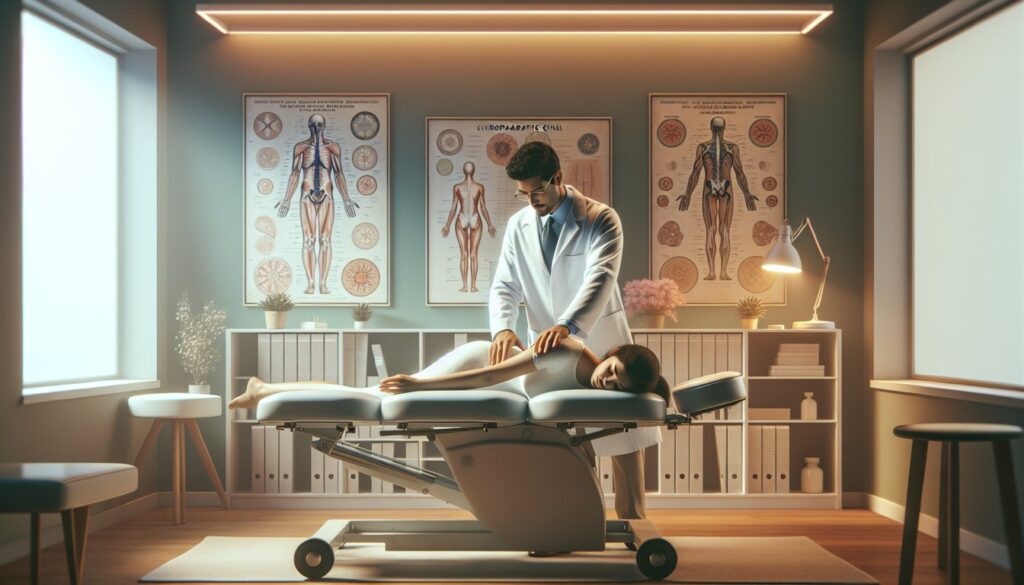Introduction: The Importance of Good Desk Posture
In today’s modern world, desk-based work has become increasingly prevalent. Whether it’s for work or study, many people spend long hours sitting at a desk. Maintaining good posture during this time is crucial for our overall health and well-being. Poor desk posture can lead to muscle tension, discomfort, and even work-related injuries. In this article, we will explore the importance of good desk posture and provide exercises and stretches that can be done right at your desk to improve your posture.
Understanding Desk Posture
Desk posture refers to the specific way we position our bodies while sitting at a desk. It differs from other types of posture, such as standing or walking, because prolonged sitting and poor desk posture can contribute to musculoskeletal disorders.The negative effects of prolonged sitting include an increased risk of obesity and cardiovascular disease. It is essential to understand and address desk posture to maintain our overall health and well-being.
The Benefits of Good Desk Posture
Maintaining good desk posture offers numerous benefits. Firstly, it improves spinal alignment, reducing the risk of back pain and spinal deformities. Good desk posture also enhances focus, productivity, and work performance. When we sit with proper alignment, we can think more clearly and concentrate better on our tasks. Additionally, good posture has a positive impact on our mental well-being, boosting confidence, and reducing stress.
Setting Up an Ergonomic Workstation
Proper workstation ergonomics play a crucial role in maintaining good desk posture. Here are a few tips for setting up an ergonomic workstation:
- Adjust the chair height: Ensure that your feet are flat on the floor and your knees are at a 90-degree angle. This helps promote proper blood circulation and prevents discomfort.
- Position the monitor at eye level: Adjust the height of your monitor so that the top of the screen is at or slightly below eye level. This helps reduce strain on the neck and upper back.
By making these simple adjustments, you can create a more posture-friendly work environment.
Exercises to Strengthen Postural Muscles
Engaging in exercises to strengthen the muscles that support good posture is essential. Here are a few exercises that can be done right at your desk:
- Core-strengthening exercises: Planks and abdominal crunches are great for strengthening the core muscles, which play a vital role in supporting good desk posture. Try incorporating these exercises into your routine.
- Back exercises: Rows and bridges are excellent for improving spinal stability and posture. These exercises target the muscles in your back, helping you maintain proper alignment.
- Shoulder rolls and scapular retractions are effective for strengthening the muscles that support proper posture. By incorporating these exercises, you can improve your shoulder stability and alignment.
Stretches to Relieve Muscle Tension
In addition to strengthening exercises, stretching is crucial for relieving muscle tension that can build up from prolonged sitting. Here are a few stretches that can be done at your desk:
- Neck stretches: Perform side bends and neck rotations to alleviate tension and stiffness in the neck. These stretches can be done throughout the day to relieve any discomfort.
- Upper back stretches: Thoracic extensions and shoulder stretches are great for relieving muscle tightness in the upper back. Incorporate these stretches into your routine to release tension in this area.
- Wrist stretches: Flexion and extension exercises help reduce tension in the wrists caused by prolonged typing. Take a few minutes to stretch your wrists throughout the day to prevent discomfort.
Movement Breaks and Active Sitting
Taking regular movement breaks during your workday is important for reducing muscle fatigue and improving posture. Incorporate simple exercises like standing or walking for a few minutes to promote blood circulation and relieve muscle tension. If possible, consider using a stability ball or kneeling chair, which engage your core muscles and promote active sitting.
Developing Healthy Desk Habits
In addition to exercises and stretches, developing healthy desk habits is essential for maintaining good posture. Here are a few tips:
- Take short breaks every 30 minutes: Stand up, stretch, or walk around the office to give your body a break from sitting. These short breaks help maintain good posture and prevent muscle fatigue.
- Practice mindfulness: Be aware of your posture throughout the day and make a conscious effort to avoid slouching. Mindfulness can help you maintain proper alignment and prevent discomfort.
- Hydrate and eat a balanced diet: Staying hydrated and consuming a balanced diet supports overall musculoskeletal health. These habits contribute to your overall well-being and can positively impact your posture.
Creating a Posture-Friendly Work Environment
Creating a posture-friendly work environment goes beyond just exercises and stretches. Here are a few additional tips:
- Adequate lighting and proper ventilation: Ensure that your workspace has sufficient lighting and good ventilation, as these factors contribute to a comfortable and posture-friendly environment.
- Stress management techniques: Employ stress management techniques, such as deep breathing exercises or meditation, to reduce muscle tension. Stress can contribute to poor posture, so finding ways to manage it is important.
- Seek professional help if needed: If you experience persistent pain or discomfort, it is advisable to seek help from healthcare providers or ergonomics specialists. They can provide tailored recommendations and treatment plans to address your specific needs.
Dr. Ford shares his expertise on the proper form for sitting at your desk for correct desk posture in this video:
Conclusion: Improving Desk Posture for a Healthier Work Life
Maintaining good desk posture is crucial for our overall health and well-being. By implementing the tips, exercises, and strategies provided in this article, you can improve your desk posture and enhance your quality of life. Remember, good posture not only benefits your physical health but also contributes to improved focus, productivity, and mental well-being. Take care of your posture, and it will take care of you.






